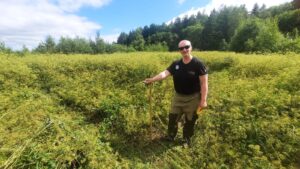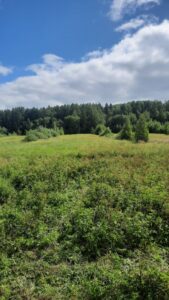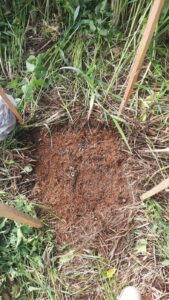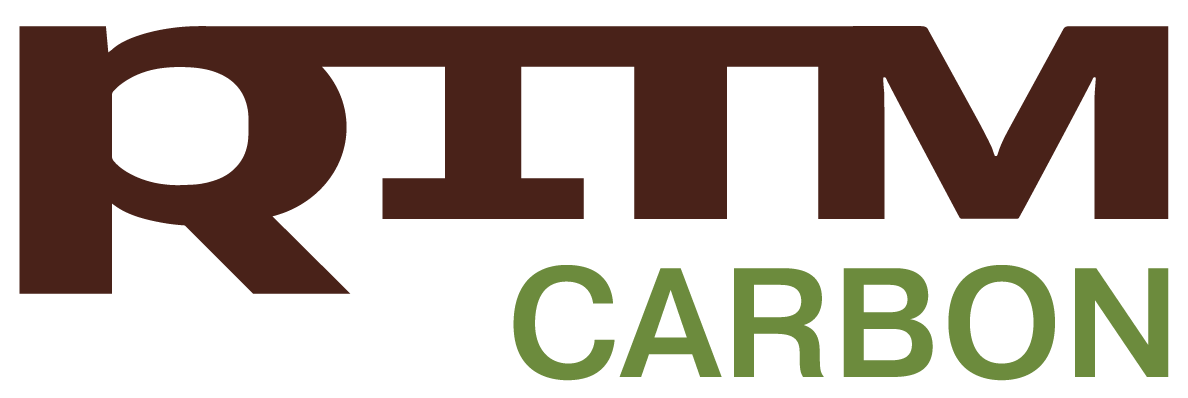Ameliorated agricultural lands in Karelia occupy an area of more than 60 thousand hectares, a significant part represented by peat soils. Earlier these soils were actively used for agricultural crop growing, however, since the end of the 1990s, due to the decrease of production, the agro-ecosystems vegetation cover structure and composition have been transformed. The unused lands are undergoing natural regeneration of forest vegetation.
 |
 |
Lubov Evstratova, Elena Dubina-Chekhovich and Yulia Tkachenko of the Vilga Agrotechnology Laboratory of the Integrated Research Department of KarRC RAS are studying the carbon cycle of drained peat soils at different stages of regenerative succession under the supervision of Olga Bakhmet, corresponding member of the Russian Academy of Sciences, Doctor of Biological Sciences. The study of such agrolandscapes is an important task for understanding the carbon balance and other ecological processes in areas with different types of land use. Carrying out such research involves careful selection of sample areas and consideration of various indicators in agroecosystems in order to develop measures to optimize land use in the context of climate change.
Researchers determine the species composition and vegetation projection in agrolandscapes, assess the main agrochemical indicators of drained peat soils, such as acidity, humus accumulation and plant nutrition elements – nitrogen, phosphorus and potassium. In addition, they determine the carbon content and stocks in agricultural lands peat soils, above-ground and underground plant phytoweight, and measure the emission of carbon dioxide from the surface of drained peatland.
The results were published in the journal Vestnik of Russian Agricultural Science. It was established that the maximum CO2 emissions from the soil surface occur in mid-August. At the end of September and October, when ground vegetation dies off and soil microbiological activity decreases, the emission from its surface is minimal.
 |
 |
 |
